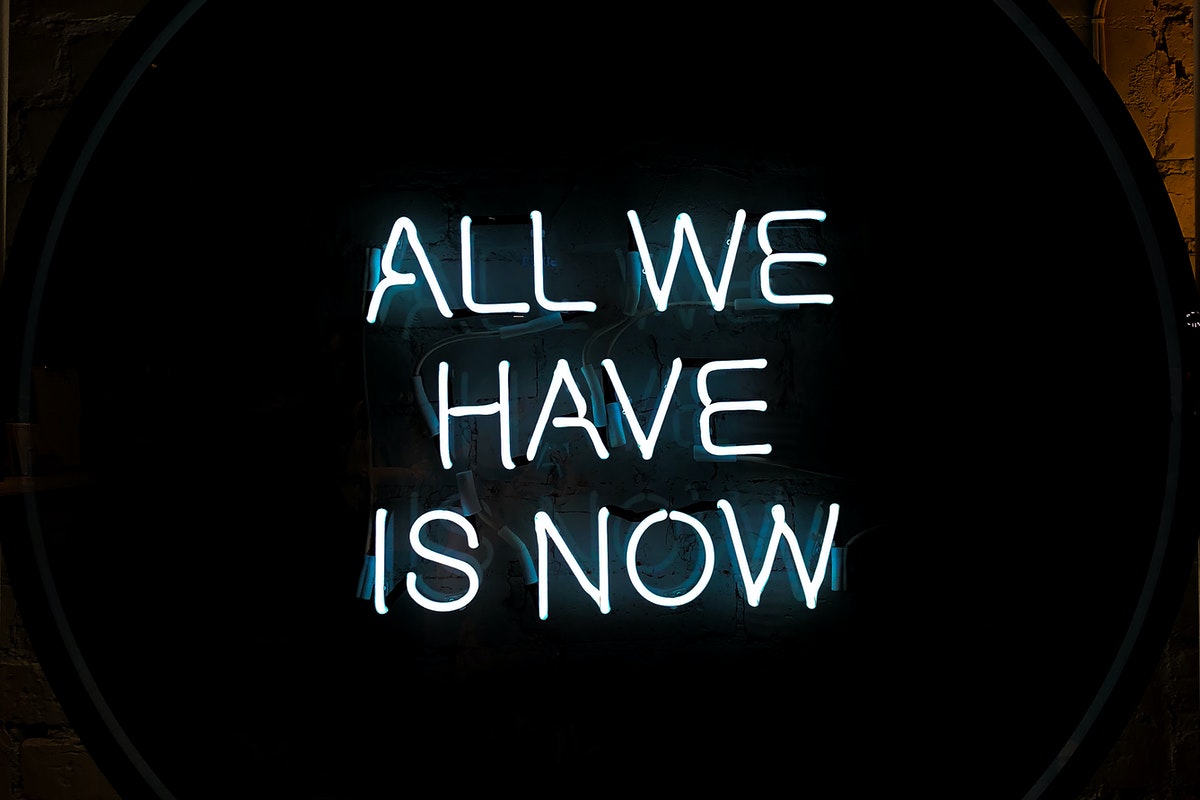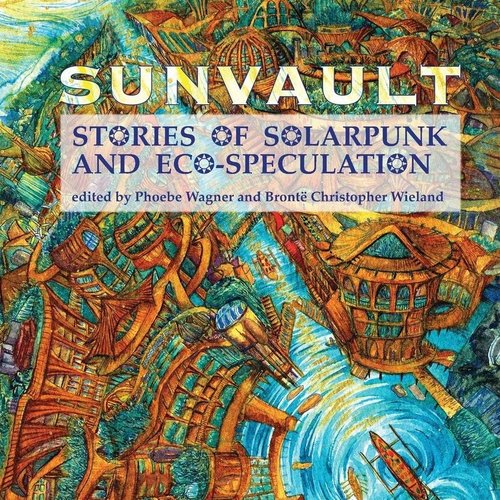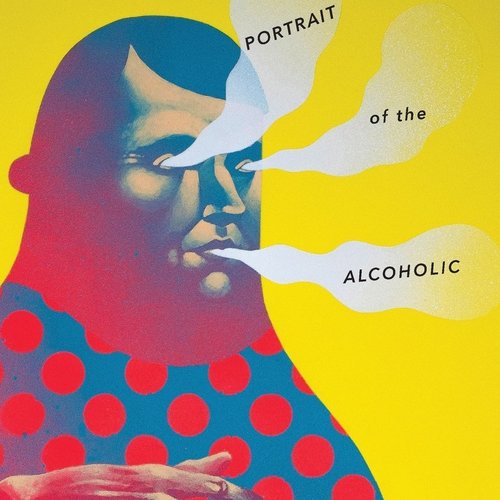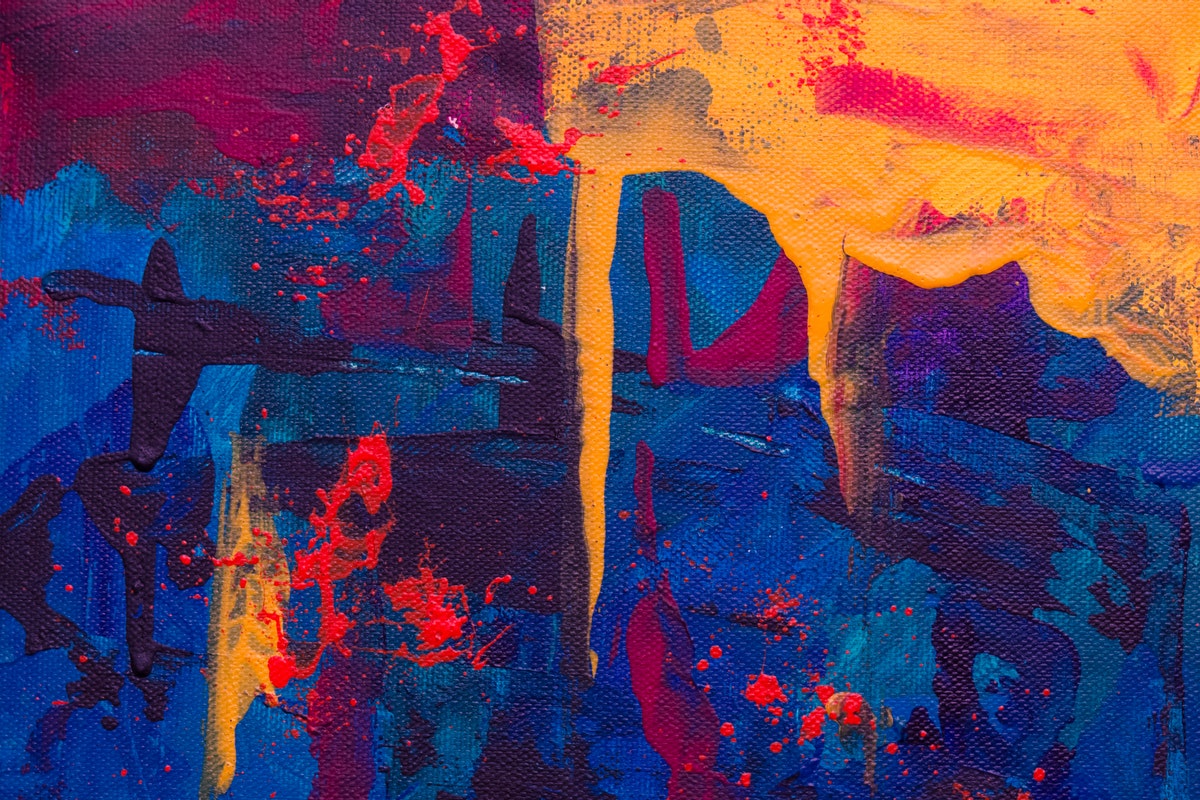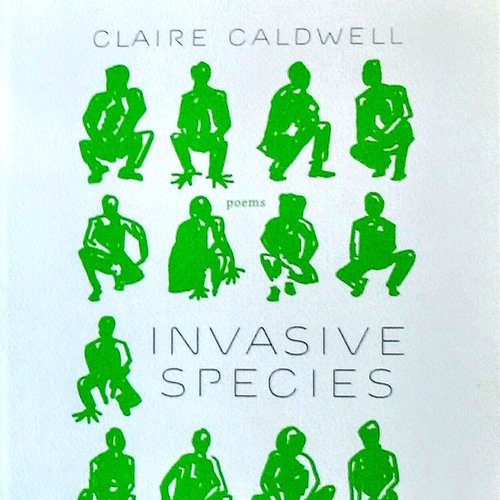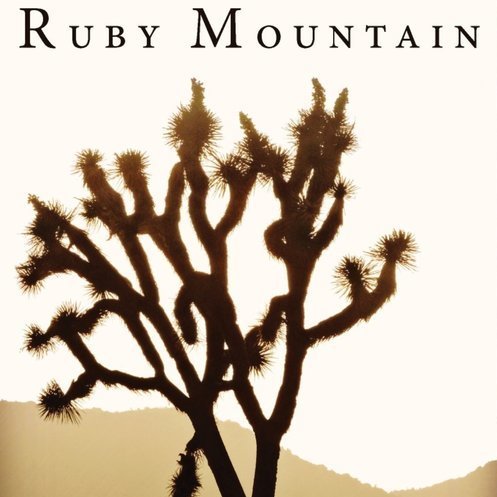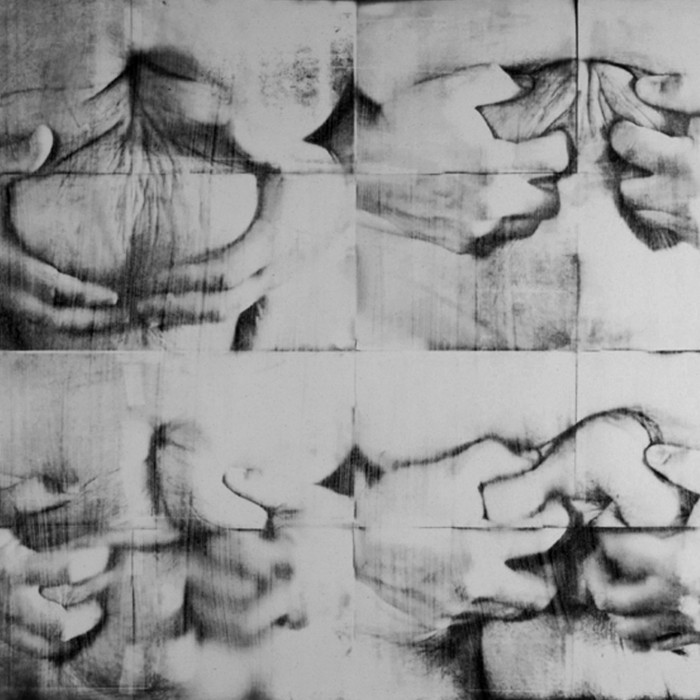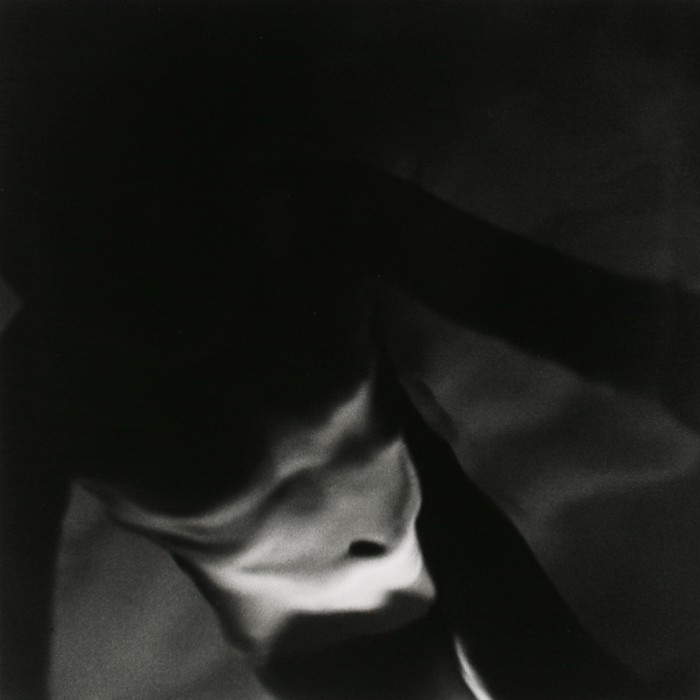Shapeshifting is my ultimate obsession in storytelling. Because as we all know, change is unyielding and constant. It never sleeps. Shapeshifting stories allow this truth to manifest literally—so ultimately, transformation is ever-present in lore because it is ever-present in life.
Tag: poetry
For Folk’s Sake: In Brief with GennaRose Nethercott
Ruben Quesada Talks Poetry, Translation, and Neck Tattoos
by Blake Z. Rong
On the right side of his neck, just below his ear, poet and professor Ruben Quesada has a tattoo of the Chinese character 晨, set within a thick black circle, which he tells me means, “early light.” Quesada was born on an early morning in a late summer day, in August in the 1970s. “I… Continue reading Ruben Quesada Talks Poetry, Translation, and Neck Tattoos
by Blake Z. Rong
Wonderland:
Readings by Matthew Dickman
“It seems like everyday now, anytime we make art, or really listen to someone else’s point of view, or empathize with the other, that it’s a fight against meanness…”
Silhouettes of a Vermont Poet at Home: An Interview with Kerrin McCadden
by Valentyn Smith
“Shifting between different forms, even ordering of the lines, helps expose what should be cut. I’m a poet who errs on the side of too many words, and it takes me tricking myself to see where I should lose any of them.”
Book Review: Sunvault: Stories of Solarpunk and Eco-Speculation
by Paul Daniel Ash
The literary world has been applying the “-punk” suffix to science fiction sub-genres so frequently and for so long that it sometimes verges on self-parody. It all began with cyberpunk, a description of the 80s noir-esque SF of Bruce Sterling, Rudy Rucker, and of course William Gibson. This was soon followed by steampunk, a term… Continue reading Book Review: Sunvault: Stories of Solarpunk and Eco-Speculation
by Paul Daniel Ash
A Poetry Reading
from Tom Paine
3 Poems from Tom Paine
Portrait of the Alcoholic by Kaveh Akbar
by Genevieve N. Williams
Kaveh Akbar writes with such spiritual risk and honesty that we as readers are brought into the liminal spaces of language, addiction, and displacement.
The Catalog of Broken Things by Anatoly Molotkov
by Anthony DiMatteo
The book offers a journey of disorder and disappearance. As in life, one must find a way.
Didi Jackson Reads
“On the Death of my Father”
His outsider art graces the album cover of Little Creatures
by the Talking Heads, and a vision of his dead
sister climbing down from Heaven
Sympathetic Magic
Annah Browning
This magic is also called the magic of correspondence or contagion — the properties of one thing leaping to another.In folk medicines around the world, it shows up in what has been called the doctrine of signatures…
Little World / After a Series of Rejections
by Sawnie Morris
First Place, Ruth Stone Poetry Prize
You can safely e merge to sit with magenta tulips ,
orange day lilies shouting
Terrorists
by Donald Levering
Runner Up, Ruth Stone Poetry Prize
God don’t let that be
my bombshell daughter naked
in a sleeping bag on a public bench
Invasive Species by Claire Caldwell
by Ariel Kusby
Caldwell’s poems manage to explore substantial themes with an intimate gaze; the humor is simultaneously empathetic and darkly cynical.
Alison Prine Reads
“Coming Out”
Alison’s poem, Coming Out, is featured in Hunger Mountain 21: Masked/Unmasked on sale now.
Wonderland of Words: An Interview with Matthew Dickman
by Lara Gentchos
I’m going to die, and I want my experiences, as much as I can control them — which is not much — to be experiences with art that makes me feel something.
Ruby Mountain by Ruth Nolan
by Cindy Lamothe
Nolan’s soft, subtle expressions paint these invisible terrains with a quiet, haunting power. The speaker’s thirst for her previous life is a mirage that beckons us forward…
Writing In Between: An Interview with Tyler Friend
by Breanne Cunningham
Most of what I write is love poetry. And a lot of it comes from dreams. A lot of it comes from lucid dreaming, that half-awake, half-asleep state.
When the Cake is Baked
Susan Browne
I had to find a way to diffuse these tense and often unbearable situations. One day while discussing a student’s poem, I blurted out, “Hey, the cake isn’t baked yet.”
We Are Pleased to Announce the Judges for Hunger Mountain’s 2016 Literary Prizes
The judges are: Janet Burroway- Howard Frank Mosher Short Fiction Prize Robert Michael Pyle – Hunger Mountain Creative Nonfiction Prize Lee Upton – Ruth Stone Poetry Prize Rita Williams-Garcia – Katherine Paterson Prize for Young Adult & Children’s Writing Janet Burroway, awarded the 2014 Lifetime Achievement Award in Writing by the Florida Humanities Council, is… Continue reading We Are Pleased to Announce the Judges for Hunger Mountain’s 2016 Literary Prizes
Two Poems
Chard deNiord
In steps at your command/down the plank of a tall
fast ship with the salt/of sex across its lips.
Milk
Julie Cadwallader Staub
Winner, Ruth Stone Poetry Prize
This goat kicked me only once,
as if to say she knows
I’m an amateur
Pink
by Kari Smith
Runner-Up, Ruth Stone Poetry Prize
like chrysanthemums, like tulips;
like the droopy pink heads of peonies
that filled our kitchen windowsill, spilling
over mason jars and plastic cups…
Time Under a Bridge
by Lisa Breger
Runner-Up, Ruth Stone Poetry Prize
I don’t want to leave this world:
My friends are in it, and there’s so much beauty.
Small Version of a Long Story
John James
Impalpable, transparent, a big man /
In a rabbit-coat turns twice, turns three times…
Five Poems
Lafayette Wattles
Saturdays my dad wakes beneath the still-bruised
sky. Then with number-crunching hands,
Definition
Kerrin McCadden
[av_hr class=’custom’ height=’50’ shadow=’no-shadow’ position=’center’ custom_border=’av-border-fat’ custom_width=’100%’ custom_border_color=’#8f2866′ custom_margin_top=’30px’ custom_margin_bottom=’30px’ icon_select=’no’ custom_icon_color=” icon=’ue808′ font=’entypo-fontello’ admin_preview_bg=”] I once found a deer collapsed near a lake—sleek, immaculate, & unmoving except for its antlers, which swarmed with orange-&-black-speckled butterflies that obliterated the velvet beneath. Whatever word explains this, I don’t want to know it yet. —Matt Donovan The… Continue reading Definition
Kerrin McCadden



